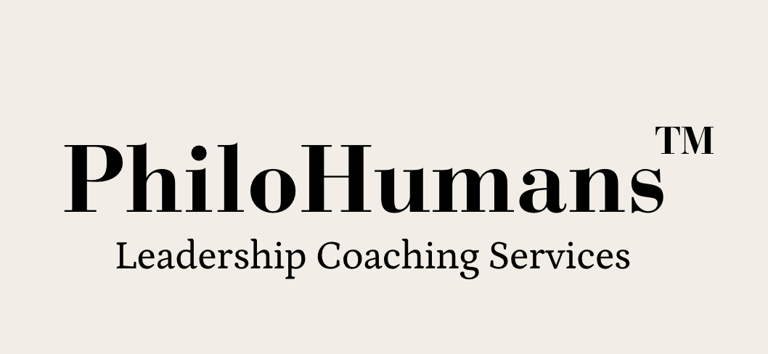How Companies Can Effectively Implement Servant Leadership
Discover how companies can effectively implement servant leadership with our guide on five key steps: understanding leadership styles, leading by example, empowering employees, creating a supportive environment, and fostering continuous improvement.
LEADERSHIP RELATIONSHIPS
Dr. Rojin Karickal
10/21/20242 min read


In today's rapidly evolving business landscape, the effectiveness of leadership styles is constantly being re-evaluated. One approach that has consistently stood out is servant leadership. Unlike traditional leadership models that emphasize authority and hierarchy, servant leadership focuses on empowering employees, fostering collaboration, and creating a positive work environment. But how can companies successfully implement this transformative style of leadership? Here are some key steps to guide the way.
Understand Leadership Style
The first step in the journey towards servant leadership is to assess and understand the existing leadership styles within your organization. Take the time to evaluate the current organizational culture and identify areas that may need improvement. This can be achieved through comprehensive assessments and surveys that collect feedback from employees at all levels. By understanding the perceptions and experiences of the workforce, companies can pinpoint specific needs for change, laying the groundwork for a successful transition to servant leadership.
Lead by Example
For servant leadership to take root and flourish, it is crucial for leaders to exemplify its core principles. Leaders should embody behaviors such as empathy, active listening, and empowerment in their daily interactions with employees. By serving as role models, leaders demonstrate the tangible benefits of servant leadership, inspiring others to adopt similar behaviors. This not only strengthens the overall organizational culture but also builds trust and respect between leaders and their teams.
Empower Employees
Employee empowerment is a cornerstone of servant leadership. Prioritizing the well-being of team members, fostering open lines of communication, and encouraging employees to contribute meaningfully are essential practices. Companies can empower their workforce by providing opportunities for professional growth and development, involving employees in decision-making processes, and recognizing and appreciating their contributions. Empowerment not only boosts morale and job satisfaction but also drives innovation and productivity.
Create a Supportive Environment
A supportive work environment is pivotal to the success of servant leadership. Building a sense of community and trust within the organization helps facilitate collaboration and resilience. Encourage open dialogue and feedback, and create spaces where employees feel safe to express their ideas and concerns. Recognize the importance of work-life balance and provide resources to support employee well-being. By creating a nurturing environment, companies can foster stronger relationships and enhance the overall performance of their teams.
Continuous Improvement
Implementing servant leadership is not a one-time event but rather an ongoing process that requires continuous improvement. Regularly seek feedback from employees and leaders alike to assess the effectiveness of current practices. Celebrate successes and learn from challenges, making necessary adjustments to align with the evolving needs of the organization and its people. By promoting a culture of continuous improvement, companies can ensure sustainability and growth in their servant leadership journey.
In conclusion, the successful implementation of servant leadership requires a clear understanding of existing practices, a commitment to leading by example, and a focus on empowering employees. By creating a supportive environment and fostering continuous improvement, companies can cultivate a workplace culture that emphasizes growth, trust, and employee empowerment. As more organizations embrace servant leadership, they can expect to see not only enhanced employee satisfaction and engagement but also significant gains in organizational success.


